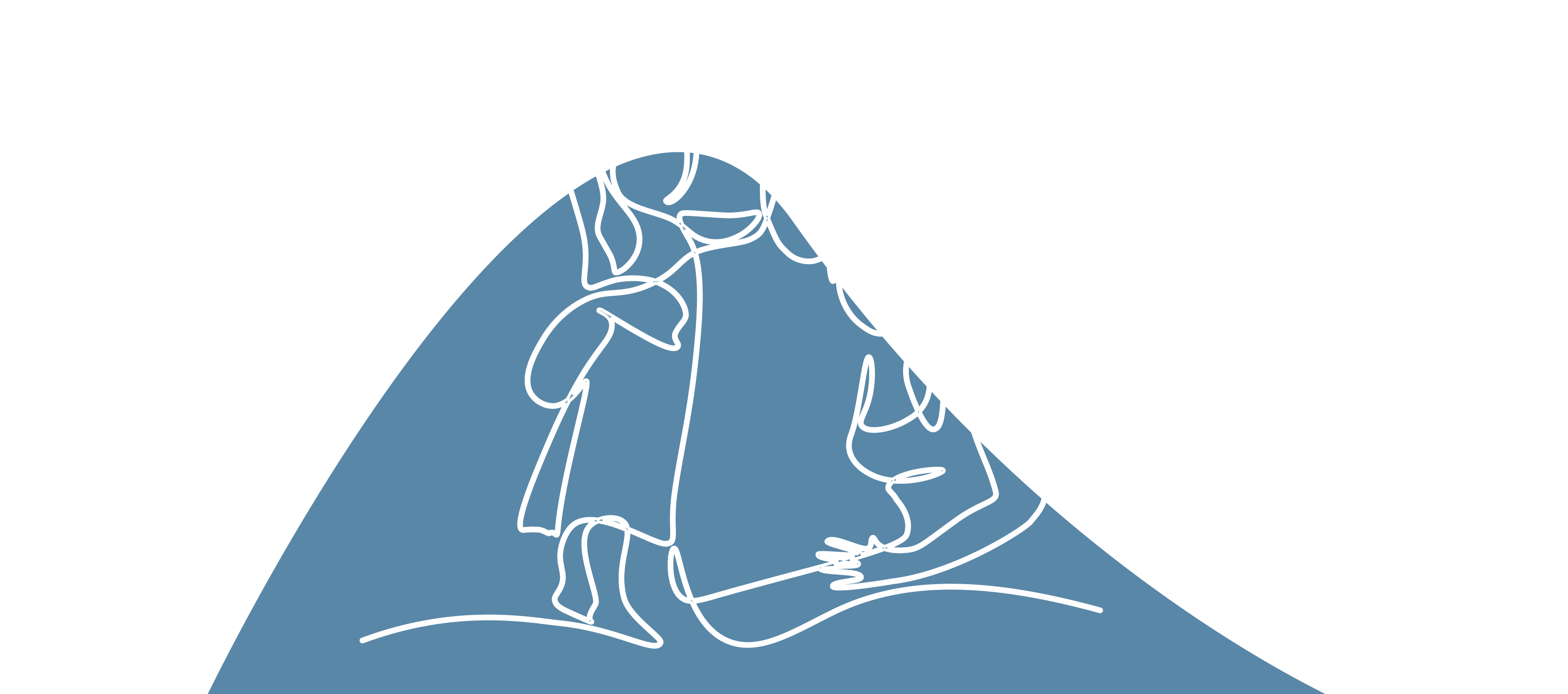- Home
- Child Safe Organisations
- Child Safe Standards
- ...
- Standard 3
Queensland's new child safeguarding law introducing Child Safe Standards commenced from 1 October 2025. Find out when you need to comply.
Families and communities are informed and involved in promoting child safety and wellbeing.
Child safety and wellbeing are strengthened when families and communities are informed, engaged and are active partners in promoting safe environments. Organisations should foster strong, transparent relationships with families and communities as valued contributors to the shared responsibility of protecting children. Open communication, trust and mutual respect are the foundation for collaborative and inclusive child-safe practices.
Actions you can take to apply this Standard in your organisation
- give families ample opportunity to participate in decisions affecting their child
- communicate meaningfully and regularly with families and communities about your approach to children’s safety and wellbeing
- provide families and communities with clear and accessible information about your safety and wellbeing policies and practices
- ensure families and communities have a say in the design, development and review of your policies and practices
- establish regular communication channels to keep families informed and share progress on child safety and wellbeing initiatives with families and communities to maintain transparency and trust
- involve families, carers and the community in your operations and governance.
What if you’re a sole trader, small business or volunteer community group?
- look for opportunities to seek feedback from the families and communities of children involved with your business about how they can be involved in protecting the safety and wellbeing of children
- make sure families and communities know how to raise concerns relating to your business.
How does cultural safety look?
- co-design your policies and practices with the Aboriginal and Torres Strait Islander families and communities you work with to reflect their perspectives about safety and wellbeing
- remember that families, parents and primary carers are broad terms that may have different meanings for Aboriginal and Torres Strait Islander peoples
- consider how consulting with Elders can contribute to improving safety and wellbeing for Aboriginal and Torres Strait Islander children
- engage respectfully with Aboriginal and Torres Strait Islander Elders, leaders, families and community members. Take time to build relationships and consider how you compensate people for their time and knowledge.
Successful implementation looks like a business or organisation where:
- families and communities report feeling informed, included, heard and valued in children’s safety and wellbeing initiatives
- trusted partnerships with community stakeholder organisations are established and maintained
- feedback from families, carers and communities directly informs policy and practice improvements
- culturally safe resources and strategies are in place to engage with diverse families, carers and communities
- families, communities and other stakeholders report that the organisation engages with them in a safe way.
Further guidance
In addition to the information above, please find below some more specific resources that may be helpful for you to meet this standard. This is not an exhaustive list of the resources that are available but is a useful starting point.
There are some practices and activities that many organisations are already doing that will meet this standard. Some of these will be relevant across several standards. For example the development of a Child and Youth Wellbeing Policy could cover several requirements.
- The Australian Early Development Census (AEDC) is a nationwide census of early childhood development captured as children transition into their first year of school. The information gained from the census helps to shape the future and wellbeing of our children by providing evidence to support education, health and community policy and planning.
- The Australian Institute of Family Studies has released a community engagement practice guide.
- The NSW Office of the Children’s Guardian Secretariat has created a video outlining Standard 3. (While NSW and Queensland’s Standards have some differences, there are applicable messages.)
- Child Safe Organisations: Guide for parents and carers will help parents and carers think about how organisations are providing safety and wellbeing arrangements for children.
- The Victorian Children’s Commission provides an overview of the types of actions and documents an organisation would have in place to achieve this standard.
- ACECQA have produced materials to help services involve families in service management and build partnerships with families.
Visit our Resources webpage for more information.
Last updated
1 October 2025


